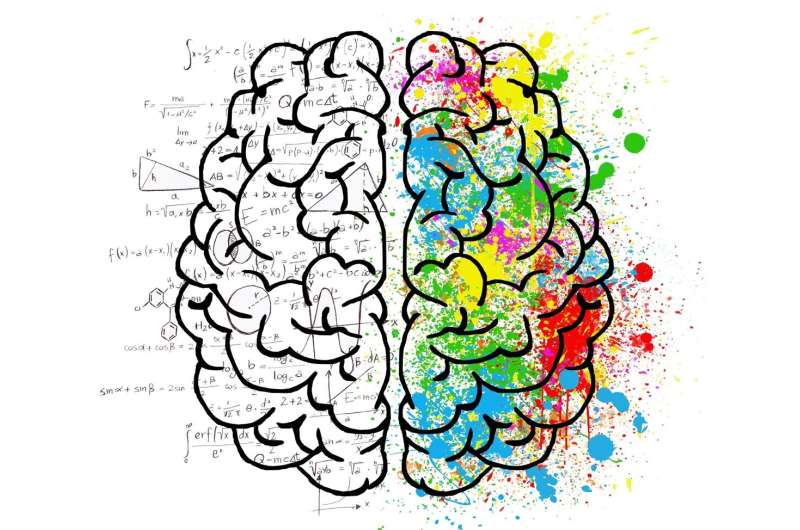
A study conducted by Georgetown University Medical Center identifies abnormalities in the anterior neostriatum within the basal ganglia of children with developmental language impairments. This discovery could aid in diagnosis and treatment of the condition. The research emphasizes the need for further investigation into how these abnormalities may cause language difficulties and suggests potential interventions.
Main Points
Discovery of brain abnormalities affecting language development in children
The research conducted by Georgetown University Medical Center neuroscientists found abnormalities specifically in the anterior neostriatum within the basal ganglia, which is associated with developmental language impairments in children.
Anterior neostriatum consistently abnormal in studies on developmental language impairments
Using a computational method to analyze 22 articles, researchers determined that the anterior neostriatum was abnormal in 100% of the studies examined.
Potential treatments for developmental language disorders linked to basal ganglia dysfunction
The study suggests that basal ganglia dysfunction might be targeted by specific drugs known to improve movement impairments, offering a potential approach to treating developmental language disorders.
Insights
The anterior neostriatum within the basal ganglia is abnormal in children with developmental language impairments.
A rigorous analysis of numerous studies concludes that a part of the brain traditionally associated with movement is abnormal in children with developmental language impairments, according to Georgetown University Medical Center neuroscientists.
Abnormalities in the anterior neostriatum could potentially serve as early biomarkers of developmental language problems.
Ullman says the findings underscore the potential utility of drugs that are known to improve movement impairments due to basal ganglia dysfunction, such as those that act on dopamine receptors. Interventions that encourage compensation by intact brain structures may also be useful. Additionally, basal ganglia abnormalities could potentially serve as early biomarkers of an increased likelihood of developmental language problems. Such early warning signs could trigger further diagnostic procedures, potentially leading to early therapy.
Links
- DOI: 10.1038/s41562-024-01843-6
- Abnormal brain structure identified in children with developmental language problems (2024, March 15)

